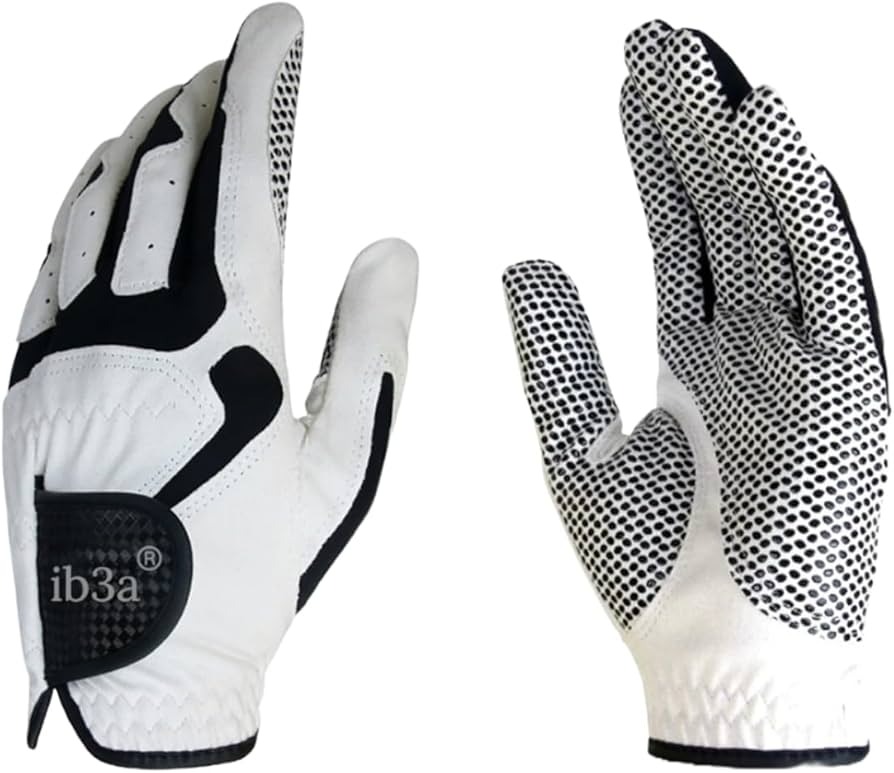When it comes to improving your performance on the golf course, every piece of equipment matters — even something as seemingly small as a glove. A golf glove provides the grip, comfort, and control necessary for a solid swing. But not all gloves are created equal. The material used plays a critical role in both performance and durability. Understanding these materials can help golfers make informed choices that enhance their game.
Cabretta Leather: The Gold Standard
One of the most prized materials in premium golf gloves is Cabretta leather. Derived from sheepskin, this soft, thin leather offers an excellent feel, ensuring maximum touch and control. It’s highly flexible and conforms well to the shape of the hand. However, it’s worth noting that while Cabretta leather provides superior comfort and performance, it tends to wear out faster, especially in humid or rainy conditions.

Synthetic Materials for Durability
Modern advancements have introduced synthetic alternatives that enhance the glove’s durability. Synthetic gloves often incorporate mesh or Lycra to improve breathability and stretch. These gloves are particularly popular among casual or beginner players who seek longevity over the refined feel of natural leather. The combination of synthetic materials with reinforced palms can extend a glove’s lifespan, especially when used regularly during practice sessions.
Hybrid Gloves: Best of Both Worlds
To strike a balance between comfort and durability, many manufacturers offer hybrid gloves. These gloves typically use Cabretta leather in the palm area—where grip and feel matter most—while the rest of the glove features synthetic fabrics for flexibility and ventilation. This design caters to golfers who want performance without compromising the glove’s resistance to wear and tear.
Moisture-Wicking and Weather Considerations
Another key factor to consider is moisture management. Many high-quality gloves feature moisture-wicking linings or perforations to reduce sweat build-up. Some gloves are even designed specifically for wet weather, using materials that maintain grip despite damp conditions. Choosing the right glove based on climate and season is just as important as the material itself.
In conclusion, selecting the right golf glove involves more than just size or fit—it’s about choosing the material that complements your playing style, environment, and frequency of play. Whether it’s the luxurious feel of Cabretta leather or the long-lasting performance of synthetic fabrics, investing in the right glove can make a noticeable difference on the course. For golfers seeking premium quality and performance, Green Sports offers a thoughtfully curated collection tailored to elevate your game.


